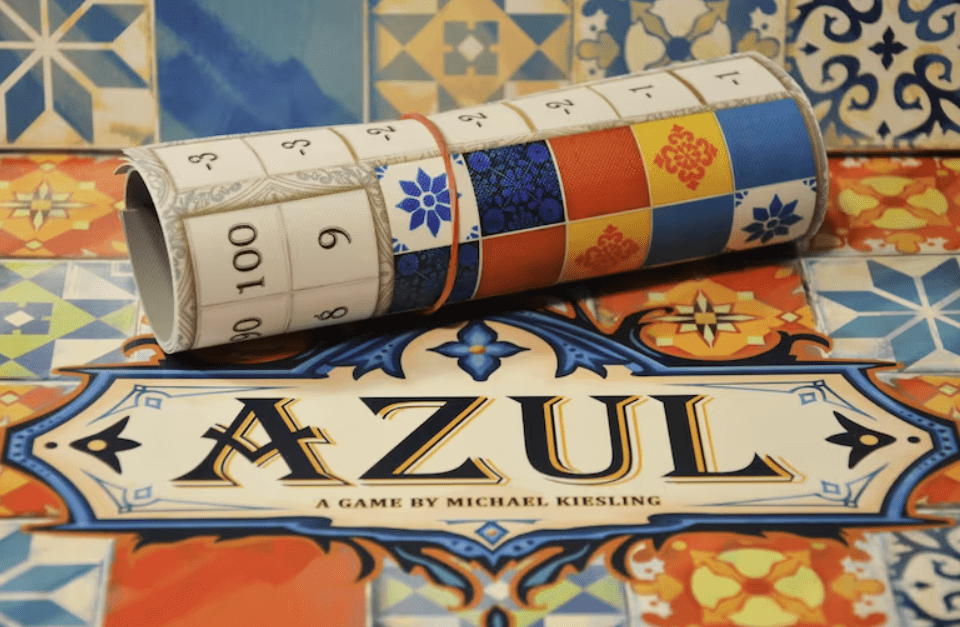Board Game Mechanics – Tile Placement
Tile placement is a mechanic in board games where players place tiles onto a game board to create or modify the game environment. The placement of these tiles is often strategic, affecting the game’s outcome. The tiles can have various properties, such as terrain, resources, or structures, and may connect to other tiles to create a larger environment or network.
This mechanic is often used in games to create a sense of exploration and building, and it can also introduce elements of spatial reasoning and puzzle-solving into the gameplay. Tile placement is a mechanic in board games where players place tiles onto a game board to create or modify the game environment.
The placement of these tiles is often strategic, affecting the game’s outcome. The tiles can have various properties, such as terrain, resources, or structures, and may connect to other tiles to create a larger environment or network. This mechanic is often used in games to create a sense of exploration and building, and it can also introduce elements of spatial reasoning and puzzle-solving into the gameplay.
Here are ten popular tile placement board games:
One example of a tile placement mechanic is in the game Carcassonne. In this game, players take turns placing tiles that depict various landscapes, such as fields, roads, cities, and monasteries. The tiles must be placed in a way that connects with the tiles that have already been placed, creating a growing map of the game’s world.
Players then place their meeples on the tiles to claim ownership of different parts of the landscape, such as a city or a road. Points are earned based on the size and complexity of the player’s claimed areas. The tile placement mechanics in “Carcassonne” requires players to think ahead and plan their moves strategically, as the placement of each tile can affect the points earned by other players.
There are many variations on the tile placement mechanic in board games, including:
Puzzle-style placement: In this variation, tiles must be placed in specific patterns or arrangements to meet certain objectives.
Resource management: Tiles can represent resources that players must collect, manage, and use to their advantage.
Terrain building: Tiles can represent terrain that players must build and control to gain points or influence.
Network building: Tiles can represent parts of a network that players must connect to create the largest and most efficient network possible.
Area control: Players must place tiles in a way that maximizes their control over certain areas of the game board, such as cities or regions.
Deck building: Tiles are drawn from a deck and placed onto the game board, with players using their placement choices to build and upgrade their decks over the course of the game.
Simultaneous placement: Players place tiles at the same time, creating a race to see who can place their tiles first and gain control of certain areas of the game board.
These are just a few examples of the many variations on the tile placement mechanic in board games. Different games will often use a combination of these variations to create unique gameplay experiences.

